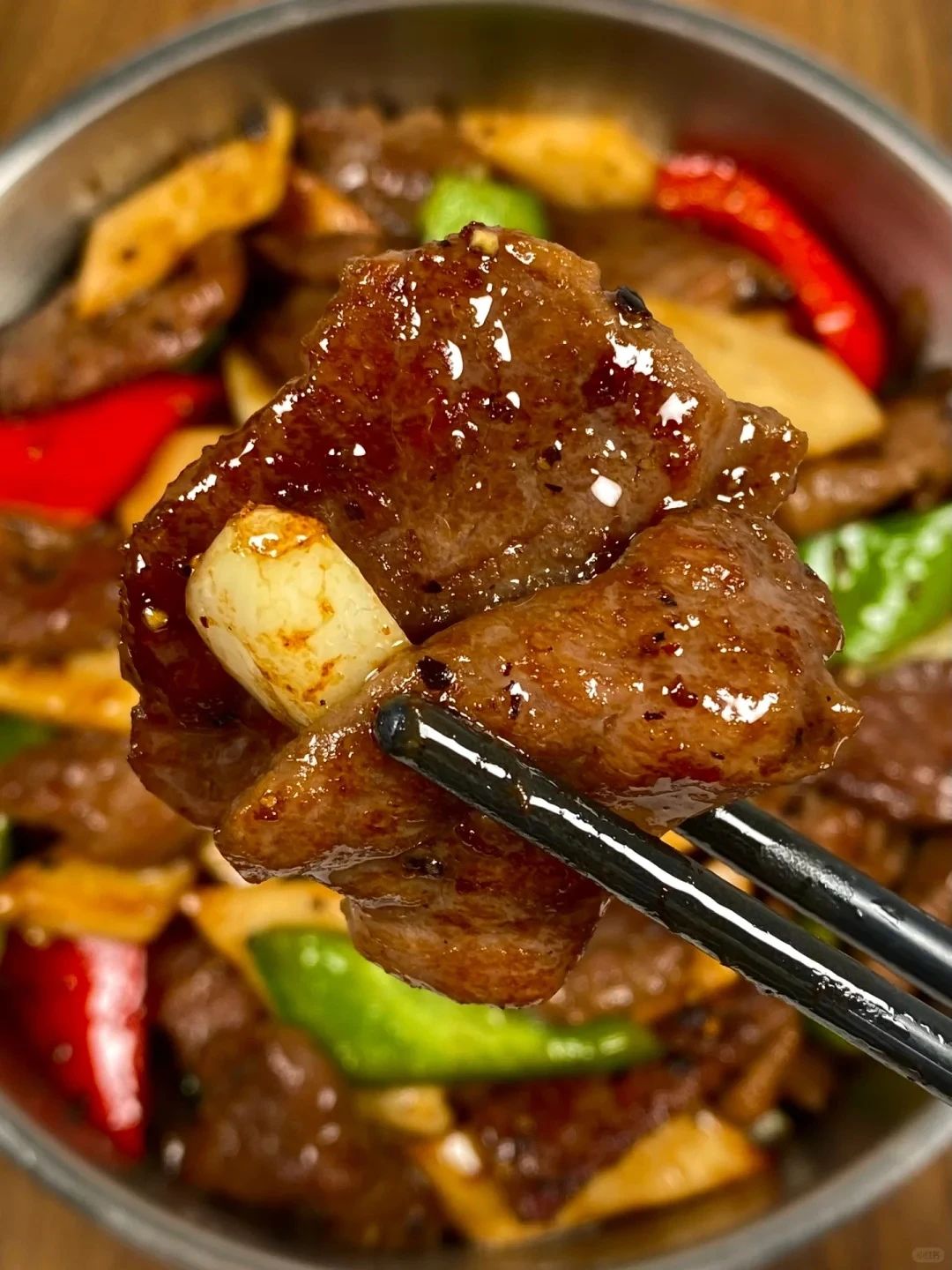· Recipe · 3 min read
Lotus Love: A Fiery and Flavorful Adventure Awaits!
Enjoy a delicious stir-fried lotus root dish! Blanch fresh lotus root slices, then sauté minced garlic, Sichuan peppercorns, and dried chili peppers in hot oil. Add the lotus root, soy sauce, and Chinkiang vinegar, stirring well. Finish with chopped green onions. This simple recipe is perfect as a side or main dish!

Ingredients:
• Lotus root, sliced
• Garlic, minced
• Sichuan peppercorns
• Dried chili peppers
• Soy sauce
• Chinkiang vinegar
• Salt
• Green onions, chopped
• Cooking oil
Instructions:
1. Blanch the sliced lotus root in boiling water for one minute, then remove and set aside.
2. In a hot pan, heat oil and sauté minced garlic, Sichuan peppercorns, and dried chili peppers until fragrant.

3. Add the lotus root slices to the pan, stir well, then pour in two tablespoons of soy sauce, one tablespoon of Chinkiang vinegar, and a pinch of salt. Mix everything thoroughly.
4. Finish by sprinkling chopped green onions on top and give it a final stir! Enjoy your delicious dish!

Tips:
• Fresh Ingredients: Always choose fresh lotus root for the best flavor and texture.
• Watch the Heat: When sautéing, keep an eye on the heat to prevent burning the garlic and spices.
• Adjust Spice Levels: Feel free to modify the amount of dried chili peppers to suit your taste!
• Serving Suggestions: This dish pairs wonderfully with rice or noodles!
• Storage: Leftovers can be stored in an airtight container in the fridge for up to two days.
FAQs:
Q1: What is lotus root and where can I find it?
A1: Lotus root is a crunchy, starchy vegetable that comes from the lotus flower. You can often find it in Asian grocery stores, or sometimes in the produce section of larger supermarkets. If you can’t find it, consider using jicama as a substitute!
Q2: Can I use fresh chili peppers instead of dried ones?
A2: Absolutely! If you prefer fresh chili peppers, go ahead and use them. Just adjust the quantity based on your spice preference, as fresh peppers can vary in heat.
Q3: What can I use instead of Chinkiang vinegar?
A3: If Chinkiang vinegar isn’t available, you can substitute it with rice vinegar or a mix of balsamic vinegar and a little sugar for sweetness. It won’t be exactly the same, but it will still add a nice flavor to your dish!







